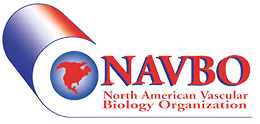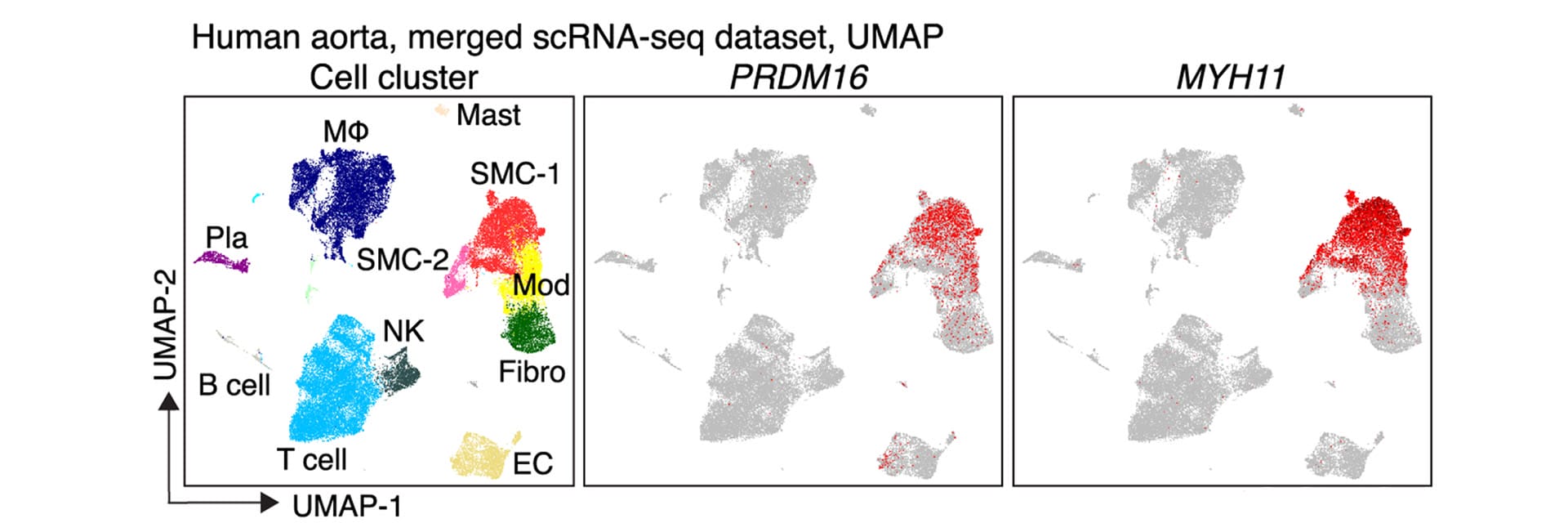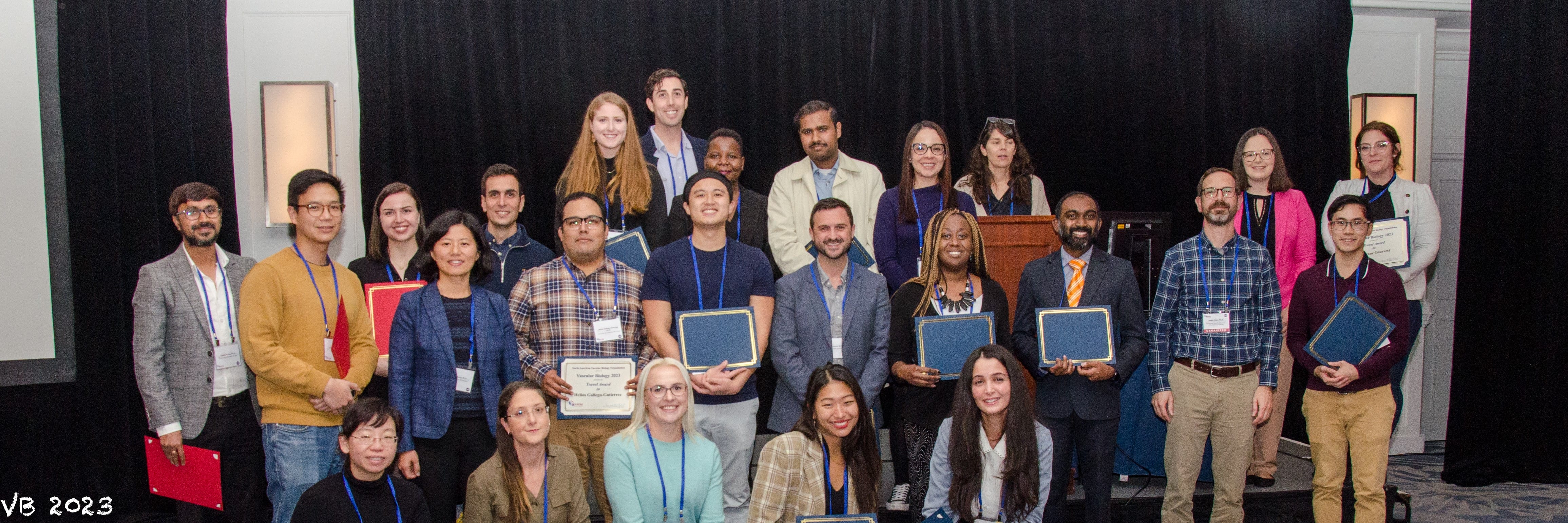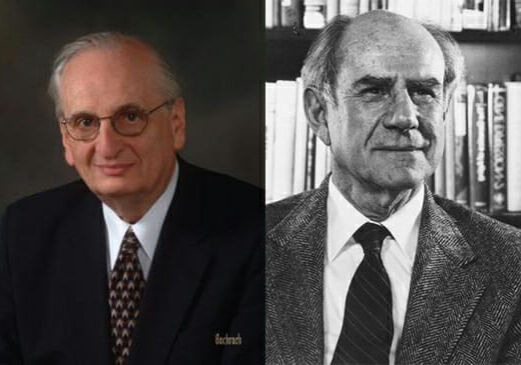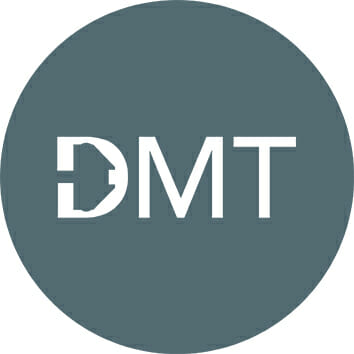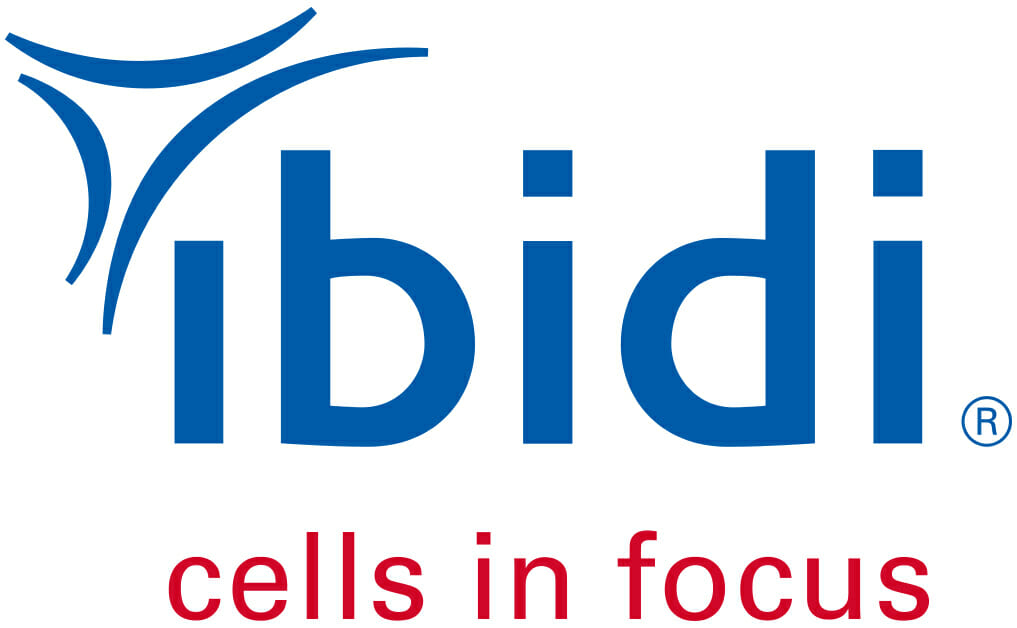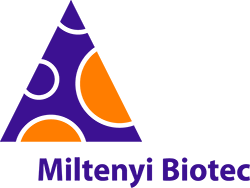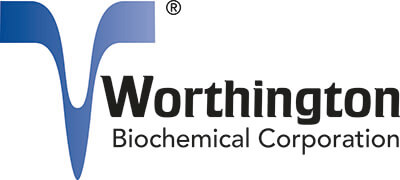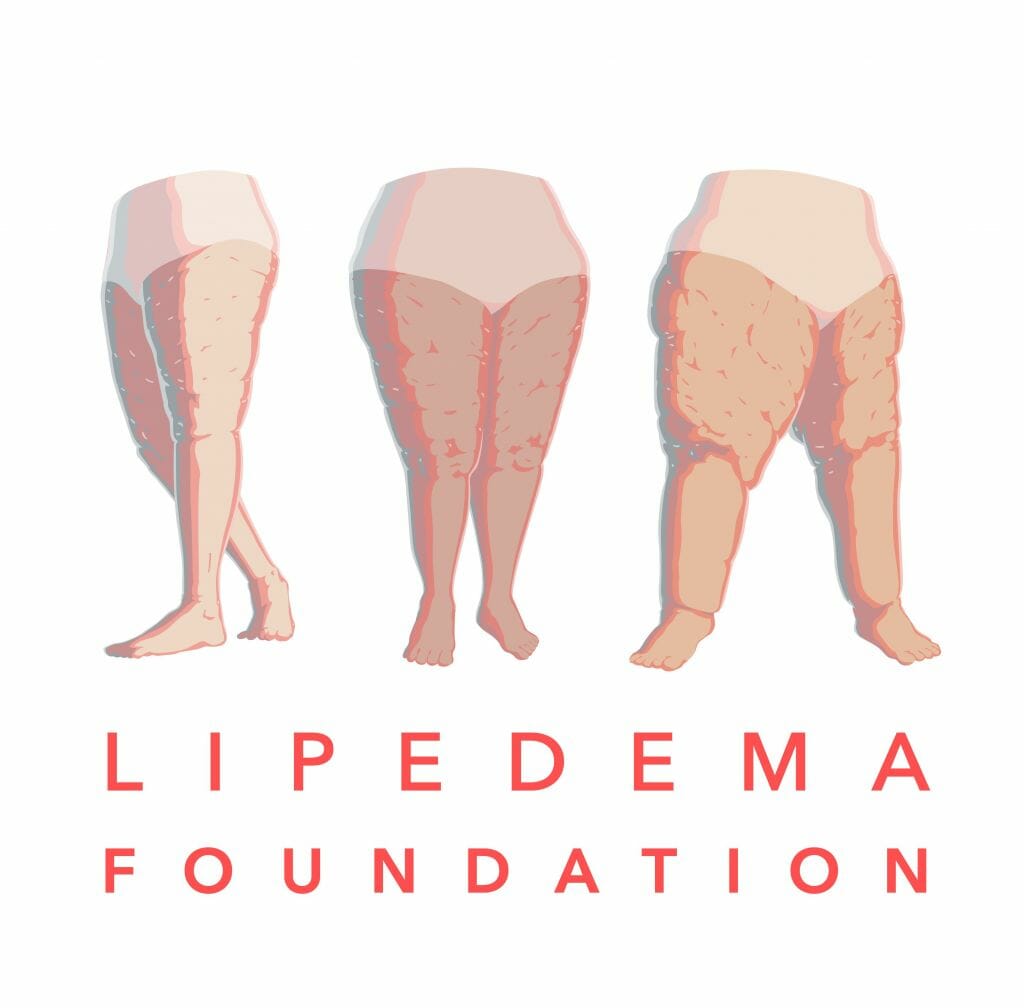North American Vascular Biology Organization
We’ve updated our website to provide easier access to our cutting-edge programming, help you connect with others in the vascular biology field, and provide a new forum for the discovery process. Members, be sure to check out the new Member Portal, where you can update your profile, check out membership news, and more!
Mark Your Calendar
Learn More
Lab of the Month
Our April 2024 Lab of the Month is the lab of Kunzhe Dong, PhD at Augusta University.

23rd International Vascular Biology Meeting
July 2-5, Amsterdam, The Netherlands Visit their web site
Now Accepting Nominations
We are now accepting nominations for the Judah Folkman and Earl P. Benditt meritorious awards. Nominations are due June 15, 2024.
